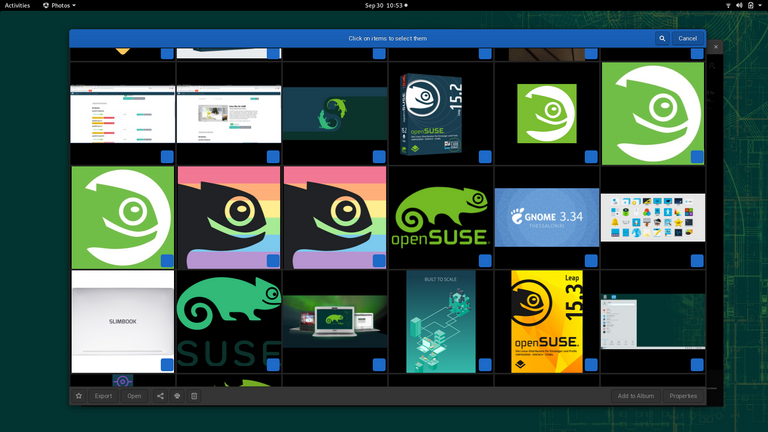
Actualmente ubicada en el sexto puesto del ranking de Distrowatch, OpenSUSE se perfila como una distro de importancia en el mundo Linux, contando con una importante comunidad de usuarios y características bastante atractivas.
Auspiciado por AMD y Novell, el sistema es de código abierto e involucra a la comunidad entera en el proceso de desarrollo.
En momentos donde ya tenemos la primer beta de la versión 12.2 y esperando su respectivo lanzamiento final el 11 de julio de 2012, analizamos la actual versión estable de esta distribución.
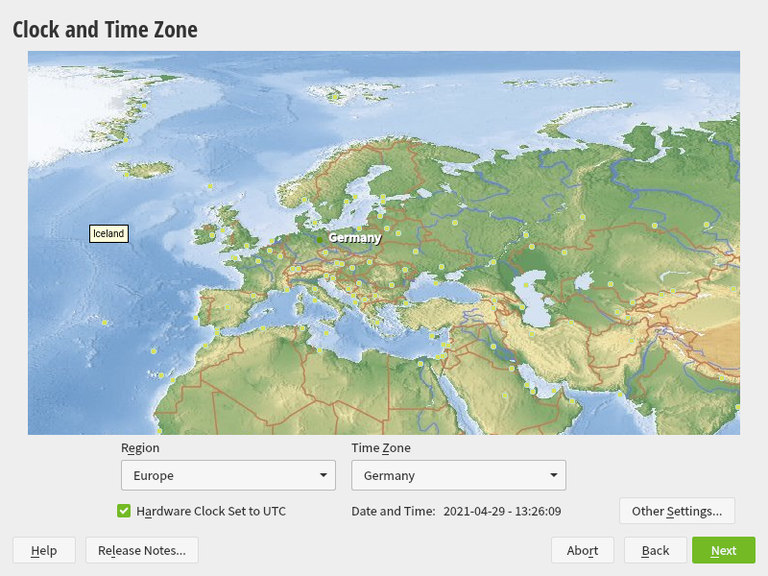
OpenSUSE bajo la lupa
Descargando OpenSUSE.
En su página oficial podemos obtener la imagen de disco lista para la descarga, eligiendo entre las siguientes opciones:
DVD de 4,7 gb, preparado con una gran cantidad de software listo para usar
GNOME Live CD
KDE Live CD
Descarga del sistema y repositorios en línea (red).
Todas las opciones pueden obtenerse por descarga directa, torrent, metalinks o servidores de réplica, y en arquitecturas de 32 o 64 bits. También se nos da una lista de las distros basadas en OpenSUSE, las licencias, notas de versión y guías de incio, algo bastante completo. Como si esto fuera poco, en la sección de documentación contamos con una rica biblioteca de manuales acerca del uso del equipo y varios componentes, los cuales están en inglés y en diversos formatos (pdf, HTML, epub).
Página de descargas: http://software.opensuse.org/121/es
Página de descarga de derivados: http://en.opensuse.org/Derivatives
Documentación y manuales: http://doc.opensuse.org

Guía de instalación.
Una vez elegida y descargada la imagen, procederemos con la instalación, la cual es realmente simple y consta de de los siguientes pasos:
Selección de idioma y distribución de teclado: nos interesa la opción Español en ambos
Reloj y zona horaria: en mi caso particular selecciono Buenos Aires, Argentina, y la hora me la detecta automáticamente
Selección de escritorio: KDE, GNOME u otro. Como estoy usando el GNOME Live CD mi opción es GNOME.
Partición de discos: por defecto OpenSUSE propone un modelo de partición, aunque si lo deseamos podemos editar la configuración de las particiones. Es interesante como el particionado por defecto nos separa la carpeta /home del resto del sistema, algo realmente útil en caso de tener que reinstalar el sistema o de actualizarlo para evitar posibles pérdidas de información.
Nuevo usuario: gestionamos la información del usuario que usaremos cada vez que iniciamos sesión en nuestro sistema.
Resumen: la siguiente ventana nos da un sumario de todos los pasos anteriores que se configurarán durante la instalación. Si deseamos cambiar alguno en especial podemos hacer click en su respectivo título.
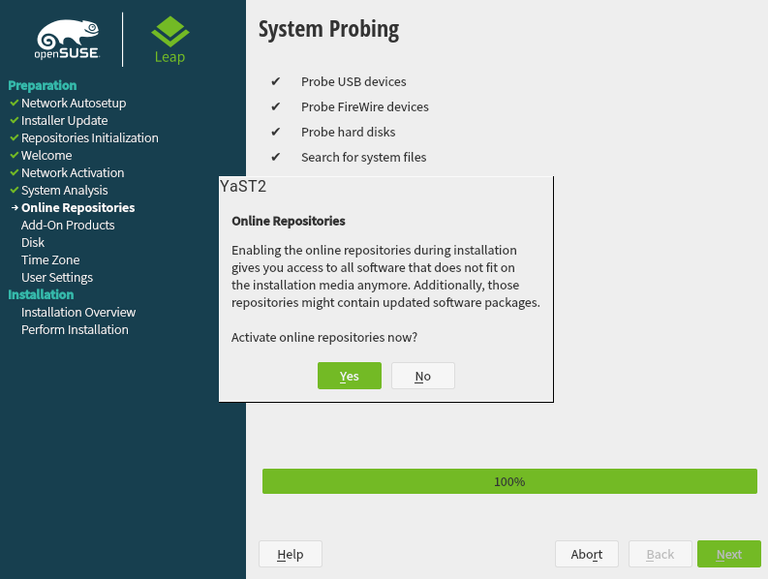
Una característica interesante es que durante la instalación podemos leer las notas de la versión, lo cual se recomienda en especial si estamos migrando a este sistema desde otra distro. Las notas son de lectura rápida y nos dan un pantallazo general acerca de los componentes del sistema, como el gestor de paquetes RPM.
Siguiendo estos pasos, habrá muy pocas excepciones donde se complique la instalación de nuestro sistema. Una vez finalizado, es hora de ver las herramientas que tenemos a mano.
Explorando nuestro nuevo sistema.
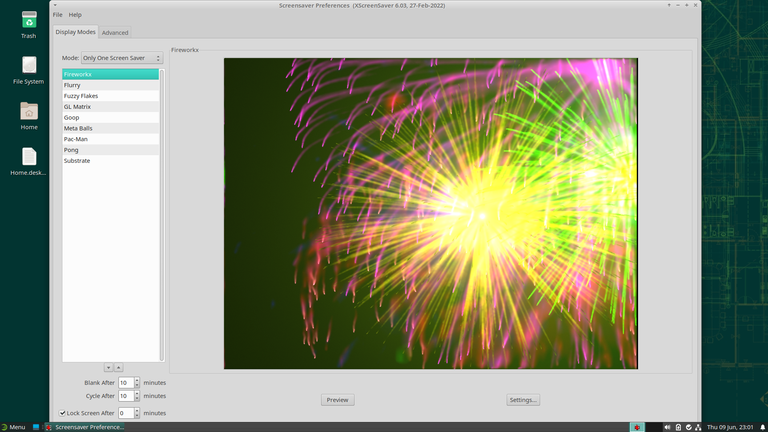
OpenSUSE viene con ciertas características que, en lo personal, me atraen mucho y le agregan mucha funcionalidad y atractivo de uso.
- YaST: muchas distribuciones centralizan sus configuraciones de sistema en un lugar o un “gestor”. En OpenSUSE contamos con YaST, una poderosa herramienta que nos brinda la posibilidad de editar todas las zonas “críticas” y aquellas no tan críticas. La aplicación es simple: al iniciar nos pide la contraseña de administrador (tras lo cual no lo vuelve a hacer hasta que cerremos el programa) y luego nos despliega una sencilla ventana en la cual tenemos agrupadas todas las utilidades de configuración en categorías (hardware, software, sistema, dispositivos de red, servicios de red, seguridad y usuarios, virtualización, otros). La destaco como una excelente herramienta por su velocidad, simpleza y a la vez su gran abanico de programas; en especial me llama la atención todos los programas de red que agrupa, algo que raramente haya visto en otras distros, así como también la posibilidad de adminsitrar el atributo o comando “sudo” desde una herramienta gráfica y sencilla.
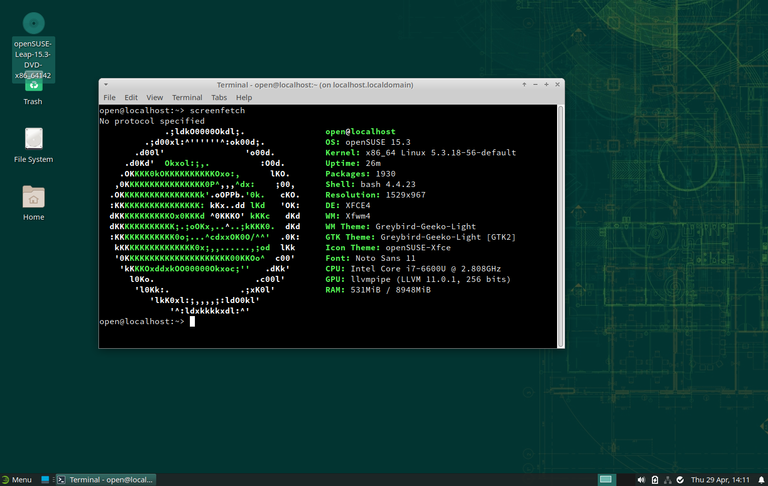
- Zypper: es una utilidad de línea de comandos fácil de usar, que se basa en una librería para la gestión de paquetes llamada libzypp (http://es.opensuse.org/index.php?title=Libzypp&action=edit&redlink=1). Entre otras cosas zypper permite gestionar los repositorios, localizar, instalar, eliminar o actualizar paquetes y puede ser usado de forma autónoma o desde scripts. Además, soporta formatos de paquetes RPM, yum o rmp-md y YaST2 (los cuales se usan durante la instalación del sistema). Otro dato de importancia es que cuenta con una “caja negra” que permite registrar paso a paso todo lo que va ocurriendo, y resulta muy útil para corregir tanto fallos relativos a dependencias de paquetes como del sistema de resolución (solver o resolver en inglés) de libzypp. Para hacer uso de esta caja negra, hay que emplear la opción --debug-solver conjuntamente con las órdenes 'install', 'remove', y 'update':
$ zypper install --debug-solver MozillaFirefox
También contamos con la ayuda oficial de esta utilidad:
http://en.opensuse.org/images/1/17/Zypper-cheat-sheet-1.pdf
http://en.opensuse.org/images/3/30/Zypper-cheat-sheet-2.pdf
- Impecable documentación: si vienes leyendo este artículo desde el principio te darás cuenta de la cantidad de links que he agregado. Esto resulta sencillo porque OpenSUSE tiene una documentación realmente envidiable, ayudando a responder cualquier duda básica que surga y expandiendo enormemente la utilidad del sistema. La comunidad también posee un importante número de integrantes, los cuales siempre estan dispuestos a resolver nuestas dudas o problemas. Algunas páginas imprescindibles de ayuda y accesorios son las siguientes:
Sitio de descarga de juegos online: http://gamestore.gk2.sk/
Página para buscar paquetes: http://software.opensuse.org/search
Wiki: http://es.opensuse.org/Bienvenidos_a_openSUSE.org
Principal foro en español: http://www.forosuse.org/
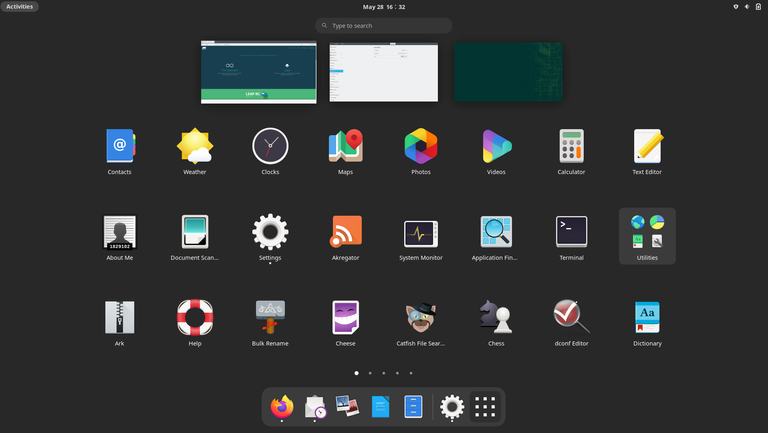
- Facilidad de uso: una vez que conozcamos algunos comandos y utilidades propios del sistema, no hay necesidad de urgente de leer mas tutoriales. En mi caso, migrando de Linux Mint 13 (sistema que aún conservo) no tuve mayores inconvenientes. El uso de YaST es excelente, zypper ayuda en gran medida y el software por defecto que trae OpenSUSE satisface todas las áreas básicas del usuario. Por si esto fuera poco, los servicios se cargan apropiadamente, los dispositivos plug and play y todo mi hardware son reconocidos sin problemas por el sistema y la única ventana de error que recibí por el momento fue por tipear mi contraseña incorrectamente. El manejo de los discos y particiones es muy bueno, dado que los dos discos rígidos que estoy usando no presentan ningún problema de integración, ni al ser montados ni al explorar/ copiar / editar los archivos que encuentro en ellos.
Versiones en desarrollo.
Existen dos proyectos que agregan otra riqueza a la ya enorme diversidad que encontramos en el mundo SUSE. Factory representa a la distribución en curso de OpenSUSE, englobando las RC (Releases Candidates) y contando con gran cantidad de software de prueba. Esto es útil para los desarrolladores y usuarios experimentales, los cuales se encontrarán con una plataforma en constante evolución que servirá para sentar las bases de lanzamientos estables futuros. De más está decir que el software que se encuentra en Factory tiende a ser muy inestable, por lo cual muchos de nosotros no nos sentiríamos cómodos en este ambiente. Para solventar esto contamos con Tumbleweed, la versión de actualización continua (Rolling Release) gracias a la cual contaremos con las últimas actualizaciones estables listas para el trabajo diario.
Así nos evitaremos descargar las nuevas versiones del OpenSUSE contando con los útlimos paquetes estables.
Linux
ADVERTENCIA: no se recomienda usar Tumbleweed ni Factory si no se sabe manejar paquetes con soltura.
Repositorios de Tumbleweed: http://download.opensuse.org/repositories/openSUSE:/Tumbleweed/standard/
Por otro lado, las ediciones Evergreen corresponden a las LTS o versiones de soporte a largo plazo, que pretenden dar soporte extendido mediante parches de seguridad y actualización a los paquetes durante un período de 3 años.
Repositorios adicionales.
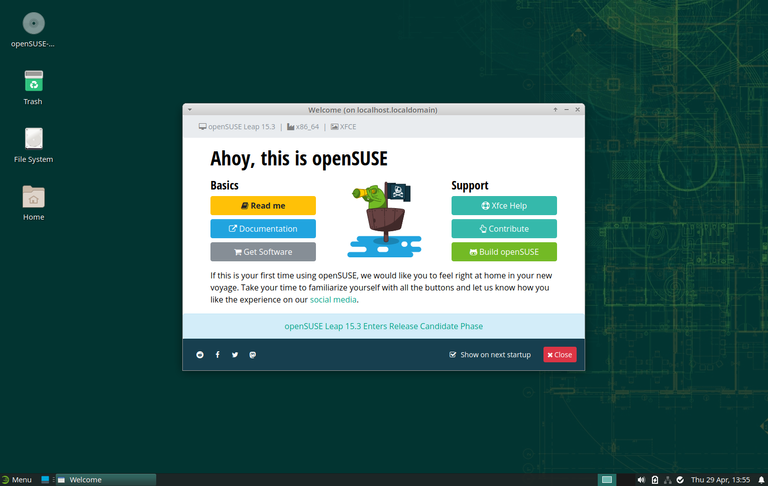
Si aún no estamos conformes todavía podemos agregar mas repositorios para obtener una mayor cantidad de software disponible.
Para agregarlos tenemos muchas formas; si contamos con la dirección online seguimos la siguiente secuencia: YaST → Software Repositories → Add → Specify URL (marcada por defecto), y agregamos la dirección web del repositorio que deseamos. También contamos con otras opciones, como agregar por FTP, DVD, USB y muchas otras. Este mismo programa nos permite editar y eliminar los repositorios con los cuales ya contamos.
ADVERTENCIA: la adición de repositorios debe hacerse con conocimiento y cuidado, ya que podría causar diversos problemas al sistema.
Repositorios centralizados: http://download.opensuse.org/repositories/
Repositorios adicionales para YaST 11,3: http://es.opensuse.org/Archive:Repositorios_adicionales_para_YaST_11.3
Repositorios de software: http://es.opensuse.org/Repositorios_de_software
¿Que esperar de OpenSUSE 12.2?
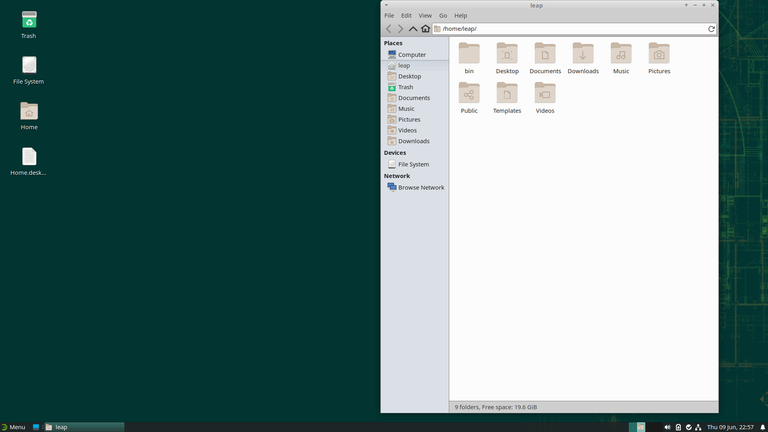
Si bien hubieron problemas con retrasos y fallos en los servidores, la primer beta de la versión 12.2 se encuentra disponible para su descarga desde el pasado 06 de junio. El siguiente 11 de julio de 2012 se encontrará disponible la versión final disponible para el usuario común, siendo precedida por muchos lanzamientos de prueba, principalmente orientados al testeo de la comunidad en general y a los desarrolladores. Comparada con la versión actual no encontraremos cambios muy notables, pero enumeraremos algunas características notables que incluirá la siguiente versión:
- Kernel Linux 3.4
- Entorno KDE 4.8.2 por defecto, GNOME 3.4 opcional
- LibreOffice actualizaco a la versión 3.5.2
- Inclusión del “bootsplash” Plymouth
- GRUB 2 por defecto, GRUB opcional
- Zypper 1.7.2
- Firefox 12
- Gimp 2.8
Descargar OpenSUSE 12.2 Beta: http://software.opensuse.org/developer/es
OpenSUSE 12.1 GNOME 3
openSUSE
OpenSUSE 12.1 KDE 4.8
open
OpenSUSE 12.1 Cinnamon 1.2
OpenSUSE bajo la lupa.
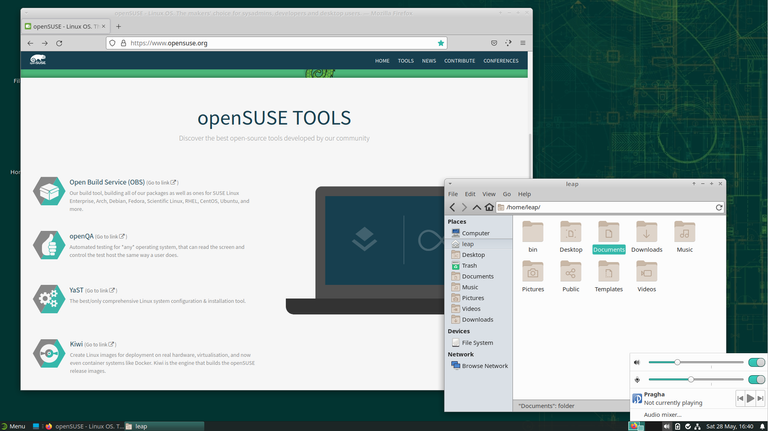
En definitiva, no veo razón alguna para que los usuarios de Linux, ya sean novatos o experimentados rehuyan al uso de OpenSUSE en cuestiones de funcionalidad.
En lo personal, creo que he encontrado una distribución estable, segura y adecuada para diversos usos, con una disponibilidad excelente de recursos y complementos que facilitan en gran manera el soporte, mantenimiento e inclusión de software.
La recomendación va para todos los que desean un sistema de esas características o aprender algo nuevo, no se van a arrepentir usando OpenSUSE

Currently located in sixth place in the Distrowatch ranking, OpenSUSE is emerging as an important distro in the Linux world, with a significant community of users and quite attractive features.
Sponsored by AMD and Novell, the system is open source and involves the entire community in the development process.
At a time when we already have the first beta of version 12.2 and waiting for its respective final release on July 11, 2012, we analyze the current stable version of this distribution.
OpenSUSE under the magnifying glass
Downloading OpenSUSE.
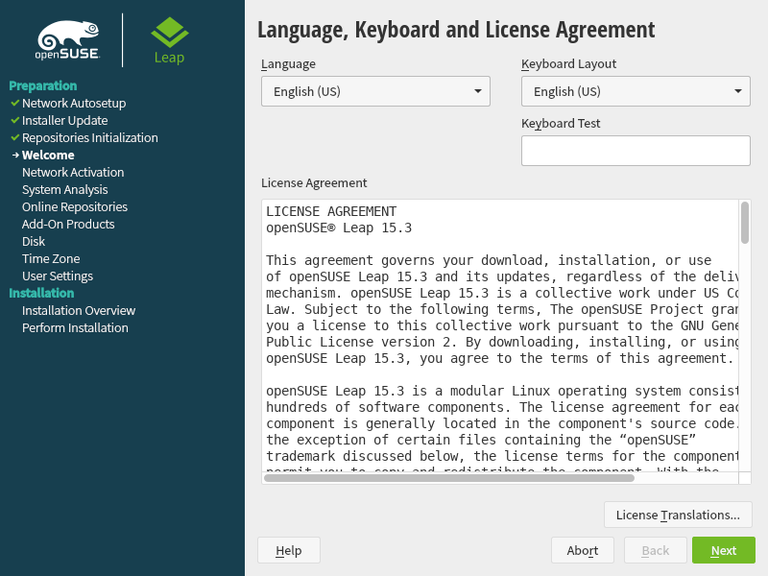
On its official page we can obtain the disk image ready for download, choosing between the following options:
- 4.7GB DVD, prepared with lots of software ready to use
- GNOME Live CD
- KDE Live CD
- Download from system and online (network) repositories.
All options can be obtained by direct download, torrent, metalinks or mirror servers, and on 32 or 64-bit architectures. We are also given a list of OpenSUSE-based distros, licenses, release notes and getting started guides, something quite complete. As if this were not enough, in the documentation section we have a rich library of manuals on the use of the equipment and various components, which are in English and in various formats (pdf, HTML, epub).
Download page: http://software.opensuse.org/121/es
Derivatives download page: http://en.opensuse.org/Derivatives
Documentation and manuals: http://doc.opensuse.org
Installation guide.

Once the image has been chosen and downloaded, we will proceed with the installation, which is really simple and consists of the following steps:
- Language selection and keyboard layout: we are interested in the Spanish option in both
- Clock and time zone: in my particular case I select Buenos Aires, Argentina, and the time is automatically detected
- Desktop selection: KDE, GNOME or other. Since I am using the GNOME Live CD my option is GNOME.
- Disk partition: by default OpenSUSE proposes a partition model, although if we wish we can edit the partition configuration. It is interesting how the default partitioning separates the /home folder from the rest of the system, something really useful in case you have to reinstall the system or update it to avoid possible loss of information.
- New User: We manage the user information that we will use every time we log in to our system.
- Summary: the next window gives us a summary of all the previous steps that will be configured during the installation. If we want to change something in particular, we can click on its respective title.
An interesting feature is that during the installation we can read the release notes, which is especially recommended if we are migrating to this system from another distro. The notes are quick to read and give us an overview of system components, such as the RPM package manager.
Following these steps, there will be very few exceptions where the installation of our system is complicated. Once finished, it's time to see the tools we have on hand.
Exploring our new system.
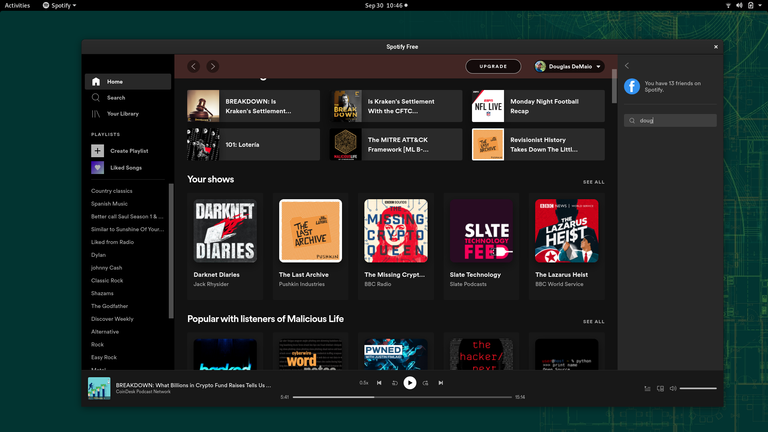
OpenSUSE comes with certain features that I personally find very appealing and add a lot of functionality and ease of use.
- YaST: Many distributions centralize their system configurations in one place or “manager.” At OpenSUSE we have YaST, a powerful tool that gives us the possibility of editing all the “critical” areas and those not so critical. The application is simple: upon starting it asks us for the administrator password (after which it does not do so again until we close the program) and then it displays a simple window in which we have all the configuration utilities grouped into categories (hardware, software, system, network devices, network services, security and users, virtualization, others). I highlight it as an excellent tool for its speed, simplicity and at the same time its wide range of programs; In particular, all the network programs that it groups together draw my attention, something that I have rarely seen in other distros, as well as the possibility of managing the “sudo” attribute or command from a simple graphical tool.
GNU
Suse
- Zypper: is an easy-to-use command line utility, which is based on a package management library called libzypp (http://es.opensuse.org/index.php?title=Libzypp&action=edit&redlink=1) . Among other things, zypper allows you to manage repositories, locate, install, delete or update packages and can be used autonomously or from scripts. In addition, it supports RPM, yum or rmp-md and YaST2 package formats (which are used during system installation). Another important fact is that it has a “black box” that allows you to record step by step everything that happens laughing, and is very useful for correcting both errors related to package dependencies and the resolution system (solver or resolving in English) of libzypp. To make use of this black box, you must use the --debug-solver option together with the 'install', 'remove', and 'update' commands:
$ zypper install --debug-solver MozillaFirefox
We also have the official help of this utility:
http://en.opensuse.org/images/1/17/Zypper-cheat-sheet-1.pdf
http://en.opensuse.org/images/3/30/Zypper-cheat-sheet-2.pdf
- Impeccable documentation: if you have been reading this article from the beginning you will realize the number of links I have added. This is easy because OpenSUSE has truly enviable documentation, helping to answer any basic questions that may arise and greatly expanding the usefulness of the system. The community also has a significant number of members, who are always willing to resolve our questions or problems. Some essential help and accessory pages are the following:
Online game download site: http://gamestore.gk2.sk/
Package search page: http://software.opensuse.org/search
Wiki: http://es.opensuse.org/Bienvenidos_a_openSUSE.org
Main forum in Spanish: http://www.forosuse.org/
- Ease of use: once we know some of the system's own commands and utilities, there is no urgent need to read more tutorials. In my case, migrating from Linux Mint 13 (a system that I still have) I had no major problems. The use of YaST is excellent, zypper helps a lot and the default software that OpenSUSE comes with satisfies all the basic areas of the user. As if this were not enough, the services load properly, plug and play devices and all my hardware are recognized without problems by the system and the only error window I received so far was for typing my password incorrectly. The management of disks and partitions is very good, given that the two hard drives I am using do not present any integration problems, neither when mounting nor when exploring/copying/editing the files I find on them.

Versions in development.
There are two projects that add another richness to the already enormous diversity that we find in the SUSE world. Factory represents the ongoing distribution of OpenSUSE, encompassing RCs (Releases Candidates) and having a large amount of test software. This is useful for developers and experimental users, who will find themselves with a constantly evolving platform that will serve to lay the foundation for future stable releases. Needless to say, the software found in Factory tends to be very unstable, which is why many of us would not feel comfortable in this environment. To solve this we have Tumbleweed, the continuous update version (Rolling Release) thanks to which we will have the latest stable updates ready for daily work.
This way we will avoid downloading new versions of OpenSUSE by having the latest stable packages.
WARNING: It is not recommended to use Tumbleweed or Factory if you are not good at handling packages.
Tumbleweed repositories: http://download.opensuse.org/repositories/openSUSE:/Tumbleweed/standard/
On the other hand, Evergreen editions correspond to LTS or long-term support versions, which aim to provide extended support through security patches and update packages for a period of 3 years.
Additional repositories.

If we are still not satisfied, we can still add more repositories to obtain a greater amount of software available.
To add them we have many ways; If we have the online address, we follow the following sequence: YaST → Software Repositories → Add → Specify URL (checked by default), and we add the web address of the repository we want. We also have other options, such as adding via FTP, DVD, USB and many others. This same program allows us to edit and delete the repositories we already have.
WARNING: Adding repositories should be done with knowledge and care as it could cause various problems to the system.
Centralized repositories: http://download.opensuse.org/repositories/
Additional repositories for YaST 11.3: http://es.opensuse.org/Archive:Repositorios_adicionales_para_YaST_11.3
Software repositories: http://es.opensuse.org/Repositorios_de_software
What to expect from OpenSUSE 12.2?
Although there were problems with delays and server failures, the first beta of version 12.2 has been available for download since June 6. The final version available to the common user will be available on July 11, 2012, preceded by many test releases, mainly aimed at testing the community in general and development potters. Compared to the current version we will not find very notable changes, but we will list some notable features that the next version will include:
- Linux Kernel 3.4
- KDE 4.8.2 environment by default, GNOME 3.4 optional
- LibreOffice updated to version 3.5.2
*Inclusion of the Plymouth “bootsplash”- GRUB 2 by default, GRUB optional
- Zypper 1.7.2
*Firefox 12- Gimp 2.8
Download OpenSUSE 12.2 Beta: http://software.opensuse.org/developer/es
OpenSUSE 12.1 GNOME 3
openSUSE
OpenSUSE 12.1 KDE 4.8
open
OpenSUSE 12.1 Cinnamon 1.2
OpenSUSE under the magnifying glass
In short, I see no reason for Linux users, whether novice or experienced, to shy away from using OpenSUSE for functionality issues.
Personally, I think I have found a stable, secure and suitable distribution for various uses, with an excellent availability of resources and plugins that greatly facilitate the support, maintenance and inclusion of software.
The recommendation goes to all those who want a system with these characteristics or to learn something new, you will not regret using OpenSUSE.
Capturas de pantallas / Screenshots:
| Blogs, Sitios Web y Redes Sociales / Blogs, Webs & Social Networks | Plataformas de Contenidos/ Contents Platforms |
|---|---|
| Mi Blog / My Blog | Los Apuntes de Tux |
| Mi Blog / My Blog | El Mundo de Ubuntu |
| Mi Blog / My Blog | Nel Regno di Linux |
| Mi Blog / My Blog | Linuxlandit & The Conqueror Worm |
| Mi Blog / My Blog | Pianeta Ubuntu |
| Mi Blog / My Blog | Re Ubuntu |
| Mi Blog / My Blog | Nel Regno di Ubuntu |
| Red Social Twitter / Twitter Social Network | @hugorep |

| Blurt Official | Blurt.one | BeBlurt | Blurt Buzz |
|---|---|---|---|
 |  |  |  |
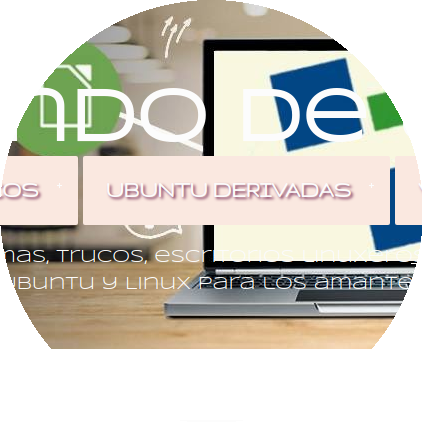 | 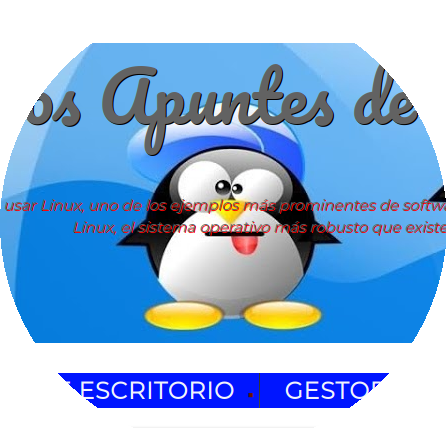 | 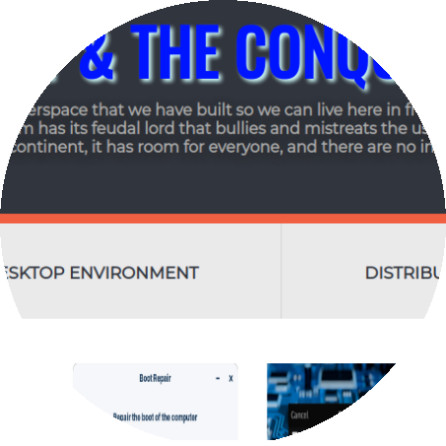 |  |
|---|

Excelente post, en cuestión de popularidad a principios de la primera década de los 2000 SuSE era una diestro bien posicionada en Europa y América, pero fue cayendo de popularidad debido a otras distros como Ubuntu pero para mi siempre ha sido una excelente distro.
Coincido contigo @cosmicboy123 . Tal vez nunca haya alcanzado la cima en Distrowatch, uno de evaluadores más conocidos para medir la popularidad de una distro Linux, pero eso no quita mínimamente sus virtudes.
A tenido que luchar con la popularidad de Ubuntu y LinuxMint entre otras pero es una excelente distribución, de eso no cabe mimguna duda.
OpenSUSE se encuentra en un proceso de transición hacia Adaptable Linux Platform (ALP), la próxima base tecnológica del espectro SUSE que se apoyará en la inmutabilidad, los contenedores y las medidas que evitan la rotura del sistema operativo.
Gracias por comentar.
Upvoted. Thank You for sending some of your rewards to @null. Read my last posts to make sure that BLURT burning is profitable for you. Before using this bot please make sure your account has at least 100 BP. Get more BLURT:
@ mariuszkarowski/how-to-get-automatic-upvote-from-my-accounts@ blurtbooster/blurt-booster-introduction-rules-and-guidelines-1699999662965@ nalexadre/blurt-nexus-creating-an-affiliate-account-1700008765859@ kryptodenno - win BLURT POWER delegationThanks!